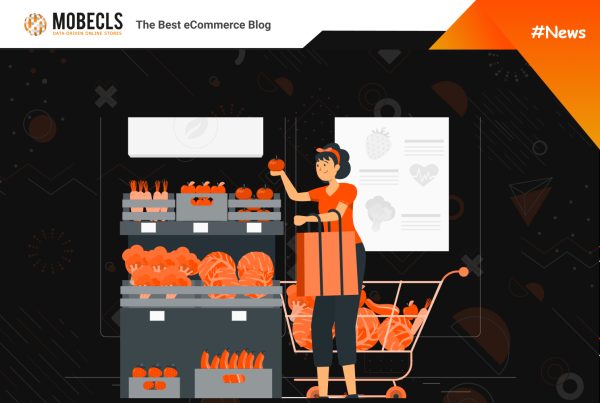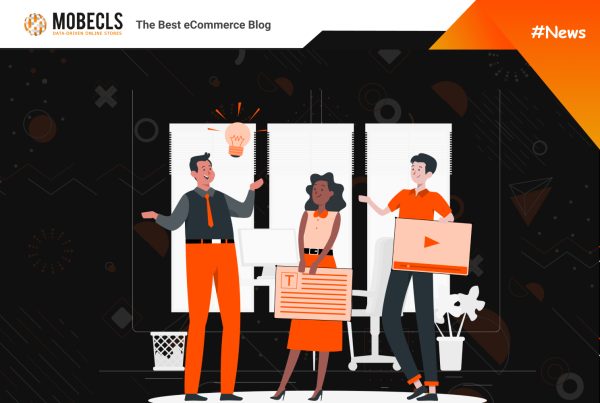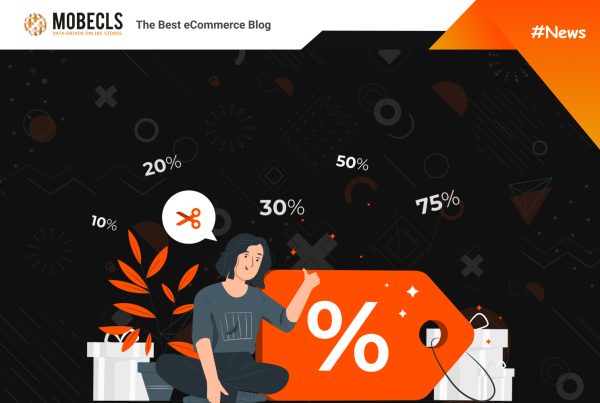Money, economics, and technological advances are not static. Bartering gave way to hard and paper currency, which, in turn, gave the way to credit cards. However, technological advances are still developing, and people strive to design faster, easier, and more convenient ways to buy things. Today we’re going look to the future and new payment methods that will dominate the next decade.
New Promising Payment Methods
Buy Now, Pay Later
A Swedish bank Klarna has turned the eCommerce world upside-down by introducing a new pay-later feature. Today Klarna is Europe’s biggest fintech company, and it’s going to expand further.
Klarna allows online customers to choose one of three options making purchases from its partners:
- Buy now and pay 30 days later;
- Spread the cost across three payments within the month since purchase;
- Buy now and spread the cost for up to four years.
Klarna has an impressive list of partners, which include Zara, JD Sports, Nike, Michael Kors, and others. Moreover, the Swedish company partners with ASOS, an online-only retailer that is popular for free delivery and return policy. ASOS has more than 80 million active users across 250 countries, which benefits both companies taking into account the average checks of Klarna users. This alliance makes Klarna a big player that can contend with PayPal.
Need Help With Klarna Integration?
Artificial Intelligence
AI will play a more significant role in payment as it makes transactions not only more efficient but also more secure. Although a lot of banks and websites are already using machine learning, there are still lots of gaps in this technology. Nevertheless, numerous online businesses have a great interest in using AI learning.
Banks and websites feed their AI software with thousands of transactions to teach it to detect suspicious transactions and users. The more information an AI receives, the better it identifies fraudulent payments.
Numerous websites have already implemented AI systems that find and flag suspicious transactions for further analysis. They are extremely popular on travel booking websites like Priceline, which are sweet cakes for hackers.
Biometric Payments
Biometric authentication isn’t just about fingerprint and voice scans. It may include facial recognition, iris recognition, heartbeat analysis, and vein mapping. Biometric transactions can become a boom as it resolves the main fears of modern customers, which are payment thefts and other frauds.
Biometrics may become one of the most efficient, secure, and accurate payment methods in the nearest future. Besides, such highly-secured payment will ensure loyalty and trust among customers.
Peer-to-Peer Payments
P2P payments allow transferring funds between two parties using their banking accounts or credit cards through an online or mobile application. This payment method gain popularity due to its simplicity and ability to instantly transfer money to any bank without a debit card for the same fee.
Payment values and transaction volumes of companies that offer P2P payments grows each year. For example, in 2019, Zelle showed that its payment values increased by 58%, and transaction volumes ‒ by 73%. During Q3 2019, Zelle’s users sent 49$ billion through its network.
In the nearest future, P2P payments may change the B2B world, which gets closer to digitalization each year. Almost 50% of all corporate transactions are still tied to paper and cheks. P2P payments will become a great option to get rid of the paper chase in B2B relations.
Smart Speakers
Smart speakers are not new technology that people use for shopping. Amazon launched its smart speakers in 2014. In 2016 and 2017, Google and Apple also joined Amazon and released their solutions. Initially, users were only using voice commands to get weather updates, booking Uber, and other simple requests. Over time, however, smart speakers became mainstream, especially during COVID-19 and the lockdown.
35 % of smart speaker users use smart speakers to buy food, health care products, and clothing. Moreover, the experts estimate that the number of usage of smart speakers will grow to 77.9 million users by 2020.
Furthermore, the leading company in payments and commerce, Amazon, is going to personalize shopping via smart speakers. Alexa’s user can enable smart speakers to respond with a happy or disappointing tone to make the shopping process more natural and vivid. There are no doubts that this feature will attract more adepts at shopping via smart speakers.
Contactless Payments
It is one more payment method, which popularity will only increase due to coronavirus. Contactless payment allows customers to pay for purchases waving their smartphones across the reader. Numerous people already use Samsung Pay, Apple Pay, and Google Pay to make payments, and its number will continue to increase every month.
First of all, it’s convenient. You need to download the app, enter card details, and use your smartphone at any store. The next reason for the popularity of contactless payments is the security and speed of transactions. Traditional PIN technology is much slower and vulnerable, comparing it with smartphones as they transfer the encrypted data to POS devices instantly.
In-Car Shopping
Step by step, cars, and trucks get a capable ecosystem for making purchases right at the wheel. On average, a round-trip to a grocery store takes about one hour. In-car shopping will help customers to save their precious time and liberate from standing in lines after a long and hard day at work.
This year, the Chinese tech giant Tencent and Honda, the Japanese car manufacturer, announced that they formed a team to design an in-car system for online shopping. This system will allow drivers to place an order, pay for it, and pick up the purchase later.
This feature will be implemented into Tencent’s TAI connected-car system. Besides shopping opportunities, the system will provide drivers with entertainment functions like music, streaming, audiobooks, newspapers, etc. If the experiment succeeds, such systems can become the default in all cars in the nearest future.




